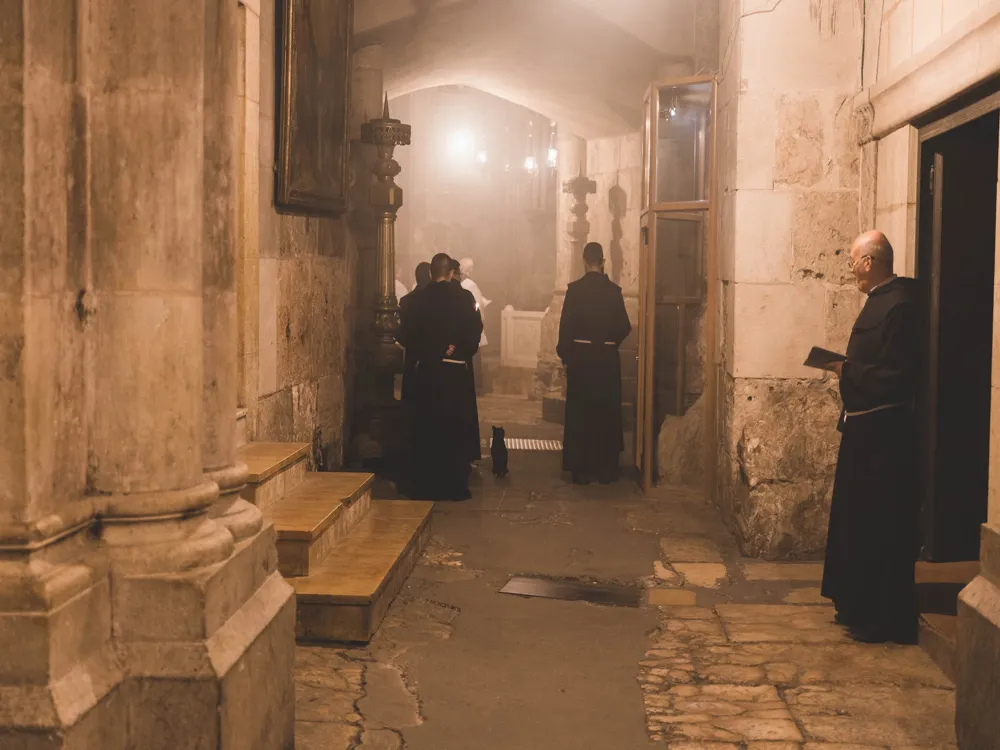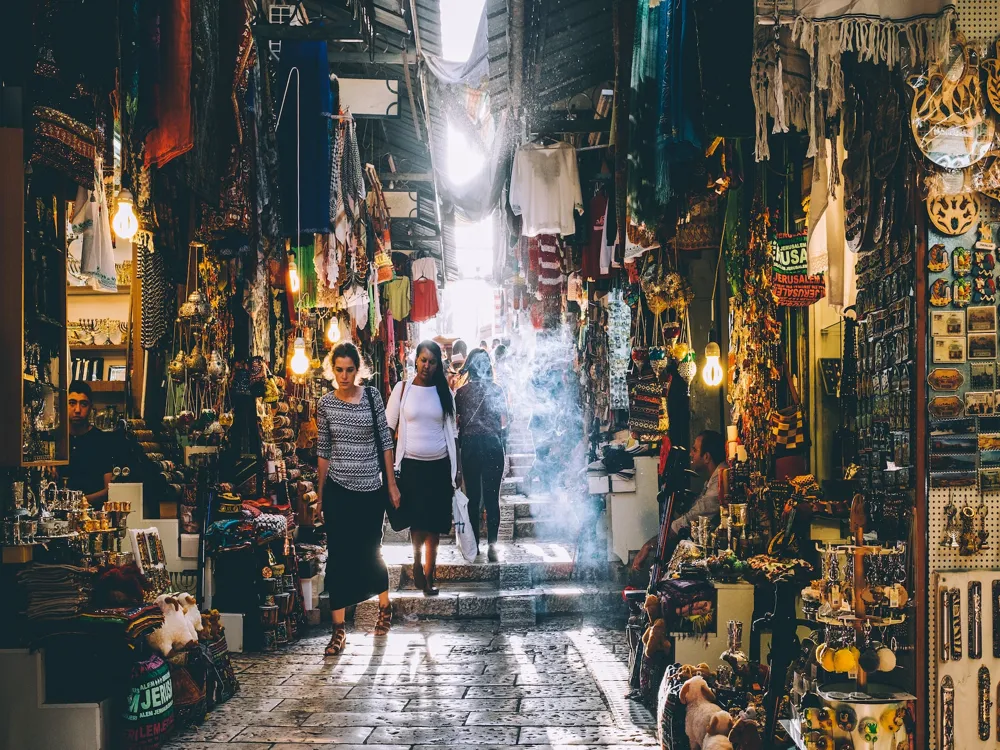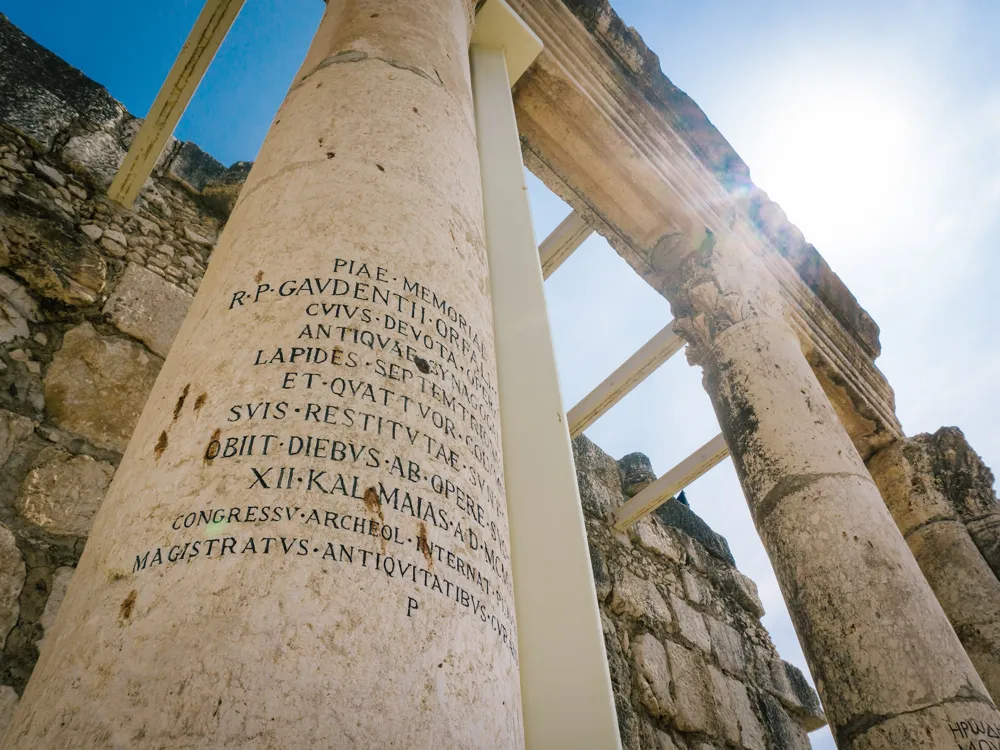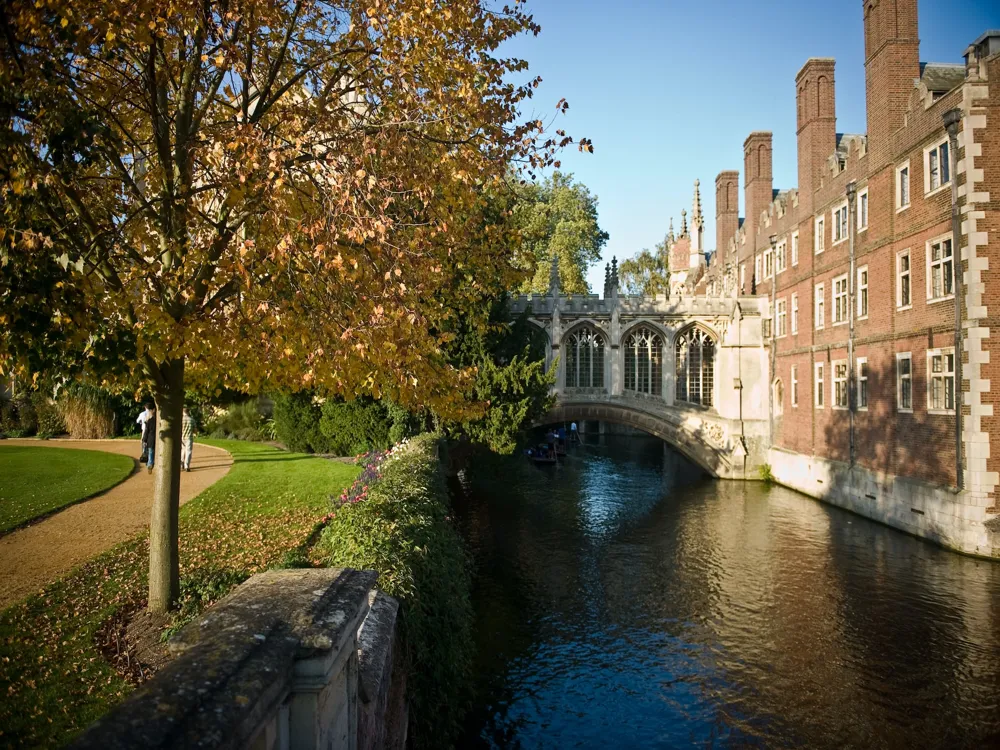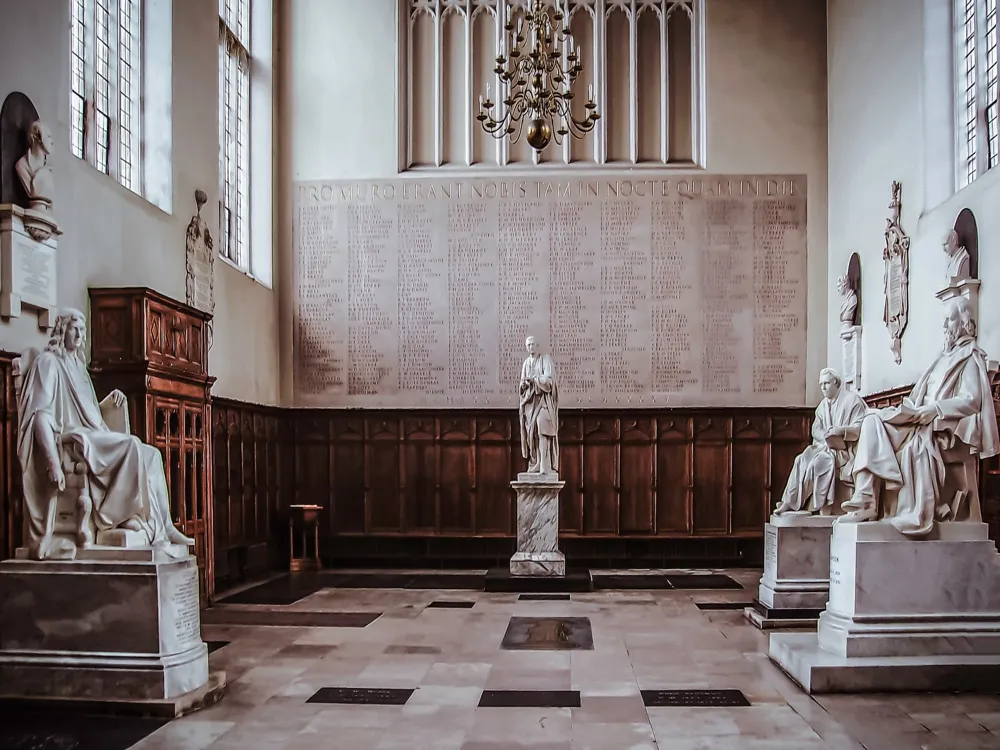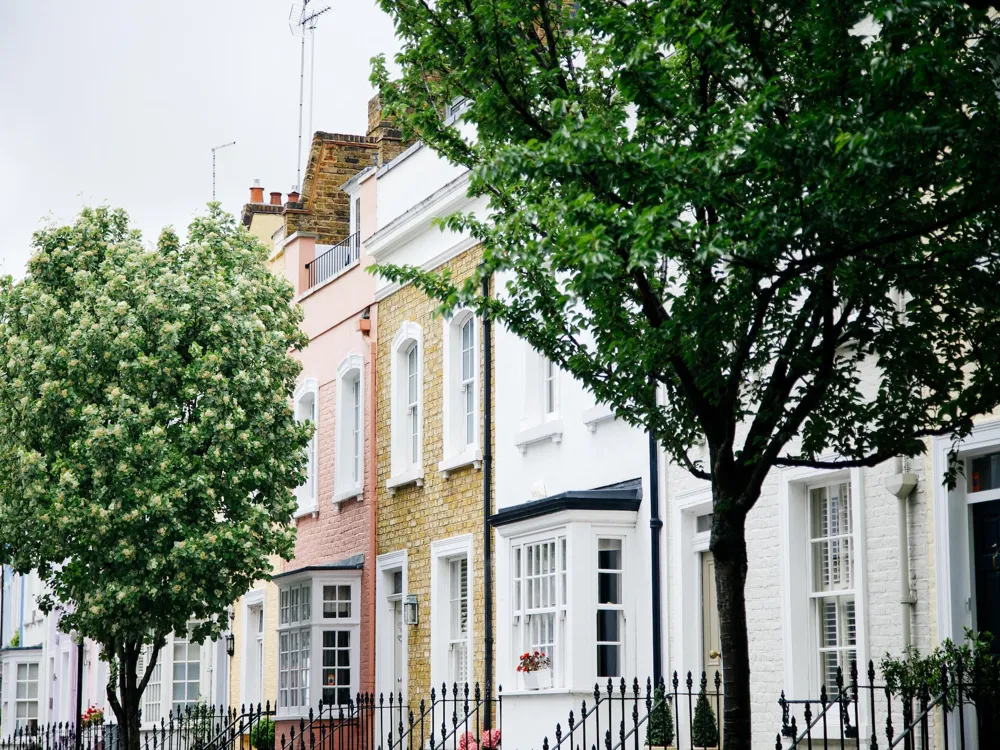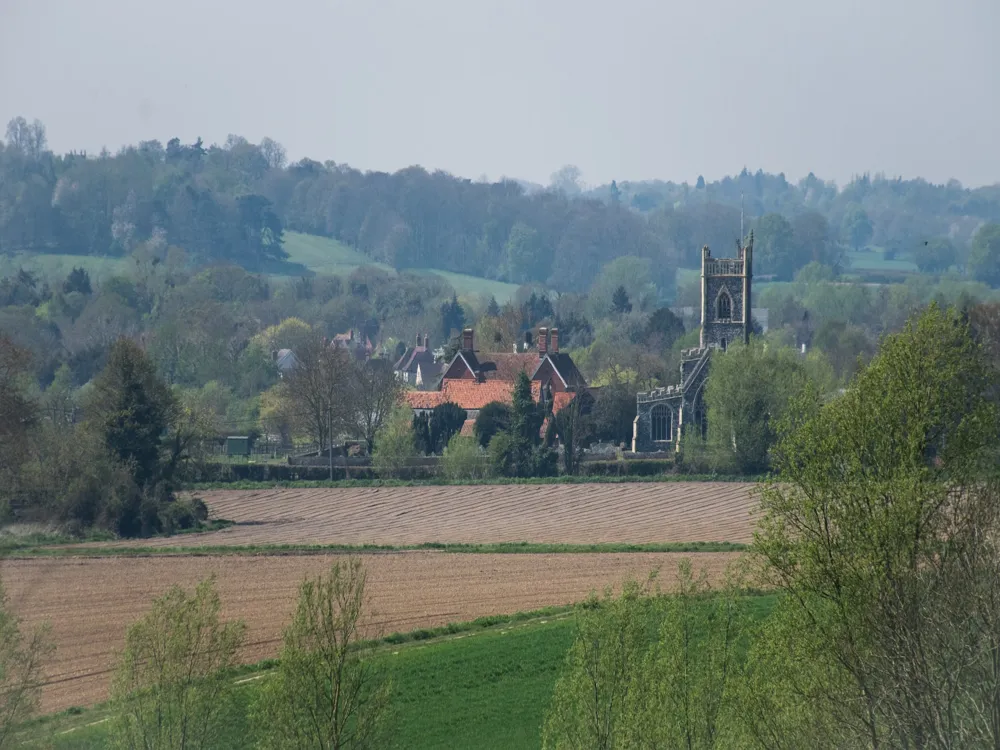The Mount of Olives is a historically and spiritually significant location in Jerusalem, renowned for its panoramic views of the Old City and its deep-rooted connections to various religious traditions. This mount, situated east of Jerusalem's Old City, has been a focal point of pilgrimage and worship for centuries, playing a pivotal role in Christian, Jewish, and Islamic traditions. Spanning over 3000 years of history, the Mount of Olives is not only a place of religious significance but also a witness to Jerusalem's tumultuous past. From ancient tombs to historical churches, the mount offers a journey through time, unveiling the rich tapestry of cultures and beliefs that have shaped this sacred city. The Mount of Olives is named for the olive groves that once covered its slopes and is home to several key religious sites. These include the Church of All Nations, the Church of Mary Magdalene, and the Dominus Flevit Church. Additionally, it houses the oldest and most significant Jewish cemetery in Jerusalem, with approximately 150,000 graves. Visitors to the Mount of Olives can immerse themselves in a blend of historical, religious, and cultural experiences, making it a must-visit destination for anyone traveling to Jerusalem. The Mount of Olives is not just a place of spiritual significance; it's also a showcase of remarkable architectural heritage. The various structures on the mount represent a blend of different architectural styles, reflecting the diverse cultural influences that have swept through Jerusalem over the centuries. One of the architectural highlights is the Church of All Nations, also known as the Basilica of the Agony. This church is a prime example of early 20th-century Christian architectural design. Its mosaic facade and stunning interior, adorned with mosaics and frescoes, depict scenes from the life of Jesus Christ, particularly the Agony in the Garden. The Russian Orthodox Church of Mary Magdalene, with its striking golden onion domes, stands out against the Jerusalem skyline. This church, built in the traditional Russian style, serves as a symbol of the historical ties between Jerusalem and the Russian Orthodox Church. The Dominus Flevit Church, shaped like a teardrop, commemorates the site where Jesus wept over the future fate of Jerusalem. Its modern design, completed in the 1950s, contrasts with the more ancient structures on the Mount, offering a unique architectural perspective. Apart from these religious structures, the architectural landscape of the Mount of Olives is further enriched by ancient Jewish tombs, including the Tomb of the Prophets, which display characteristics of Jewish burial traditions and art from various periods. The architectural diversity of the Mount of Olives provides a visual narrative of Jerusalem's history, making it a fascinating destination for those interested in religious history and architectural heritage. When visiting the religious sites on the Mount of Olives, it's important to dress modestly. This means covering shoulders and knees, as a sign of respect for the sacred nature of these places. It's advisable to plan your visit ahead of time. The Mount of Olives is a large area with numerous sites, so having a plan will help you make the most of your time. Consider visiting early in the morning or later in the afternoon to avoid the crowds. For a comprehensive understanding of the history and significance of the Mount of Olives, consider hiring a local guide. They can provide valuable insights and anecdotes that are not readily available in guidebooks. The climate in Jerusalem can be quite warm, especially in the summer months. Make sure to carry water with you to stay hydrated during your exploration of the mount. Remember that the Mount of Olives is a sacred site for many. Be respectful when visiting religious places, and observe silence where required. It's also important to respect the local customs and traditions. The Mount of Olives is accessible from various parts of Jerusalem. The most common way to reach the mountain is by taking a taxi or a bus from the city center. There are also organized tours that include transportation to the Mount of Olives as part of their itinerary. For those who enjoy walking, it's possible to reach the mount on foot from the Old City, which offers a unique opportunity to explore the surrounding neighborhoods and get a feel for the local culture. Read More: Overview of Mount of Olives in Jerusalem
Architecture of Mount of Olives
Tips When Visiting Mount of Olives
Dress Appropriately
Plan Your Visit
Hire a Guide
Stay Hydrated
Be Respectful
How To Reach Mount of Olives
Mount of Olives
Jerusalem
₹ 50,300 onwards
View jerusalem Packages
Weather :
Tags : Nature
Timings : 14:00:00
Planning a Trip? Ask Your Question
Jerusalem Travel Packages
View All Packages For Jerusalem
Top Hotel Collections for Jerusalem

Private Pool

Luxury Hotels

5-Star Hotels

Pet Friendly
Top Hotels Near Jerusalem
Other Top Ranking Places In Jerusalem
View All Places To Visit In jerusalem
View jerusalem Packages
Weather :
Tags : Nature
Timings : 14:00:00
Planning a Trip? Ask Your Question
Jerusalem Travel Packages
View All Packages For Jerusalem
Top Hotel Collections for Jerusalem

Private Pool

Luxury Hotels

5-Star Hotels

Pet Friendly







